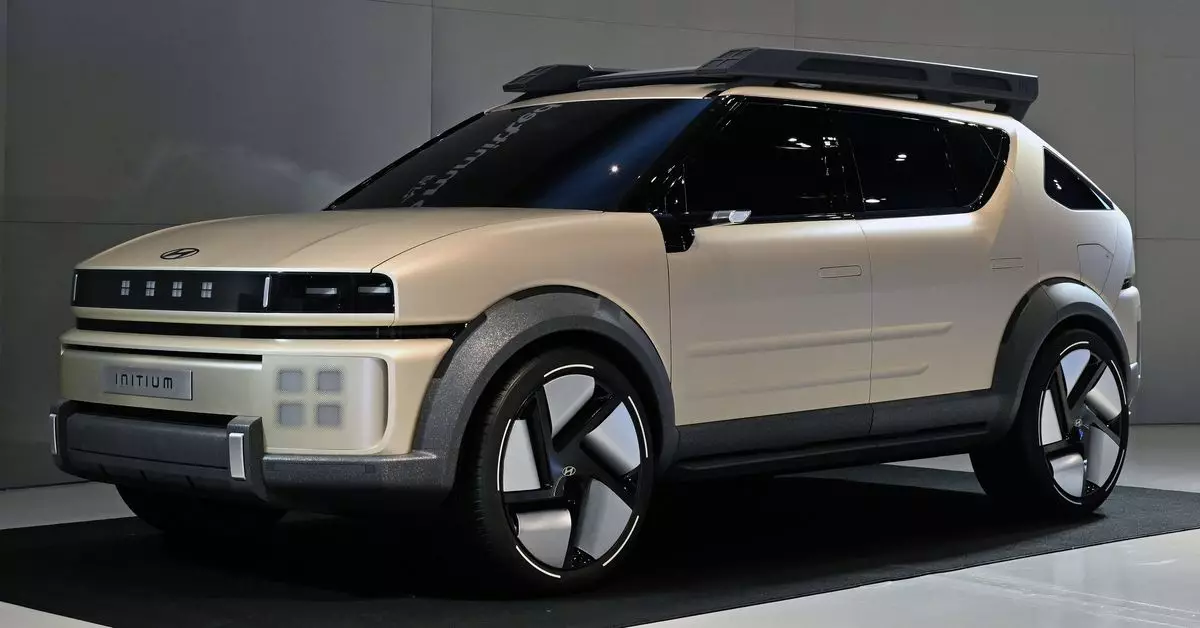As the auto industry pivots towards sustainable practices, Hyundai is making significant strides in developing hydrogen-powered electric vehicles. The Korean automaker has embarked on a mission to redefine how we view eco-friendly transport, showcasing the Initium concept SUV at a recent event, which aims to alleviate concerns over the aesthetics of hydrogen vehicles with its striking “Art of Steel” design. The distinct angularity of the Initium draws inspiration from prior innovative concepts such as the N Vision 74 and the future Ioniq 9, blending functionality with a captivating visual appeal.
Performance Meets Sustainability
Hyundai’s estimates for the Initium are particularly impressive, suggesting a range of over 400 miles on a single refueling, which places it ahead of its predecessor, the Nexo fuel cell SUV. This ensures not only that consumers may enjoy a sustainable driving experience but also one that aligns with the current pace of consumer expectations regarding vehicle performance. As Hyundai gears up to unveil a production version in the coming year, they underline a larger vision: hydrogen technology is poised to play a crucial role in achieving carbon neutrality by 2050.
The implications of Hyundai’s hydrogen ambition extend well beyond passenger vehicles. The company plans to leverage this technology in commercial vehicles, public transport buses, generators, and various other applications. Operating under the “HTWO” hydrogen brand, Hyundai aims to position itself as a leader in the hydrogen economy. The vision is ambitious, especially in a landscape where hydrogen infrastructure remains underdeveloped compared to the rapid expansion of electric charging networks over the last decade.
While hydrogen is undeniably abundant and environmentally friendly, emitting only water vapor during use, the hurdles to widespread adoption remain significant. The production, storage, and distribution of hydrogen are complex processes that require substantial investment in infrastructure. Current hydrogen stations are far fewer in number compared to charging stations, making it a challenge for manufacturers like Hyundai to gain a competitive edge in a market that is still heavily reliant on traditional electric vehicles.
As Hyundai boldly showcases its Initium concept and its bold plans for hydrogen vehicles, the auto industry watches closely. The company’s focus on aesthetics in conjunction with eco-friendly technology demonstrates that sustainable vehicles do not have to compromise on design or performance. However, for hydrogen-powered vehicles to truly take off, addressing infrastructure issues and increasing consumer awareness will be crucial. Without these advancements, the dream of a cleaner, hydrogen-fueled future may remain just that—a dream. With its clear commitment, Hyundai shows us that the journey toward zero emissions is not just necessary but also an opportunity for innovation and growth in the automobile landscape.

